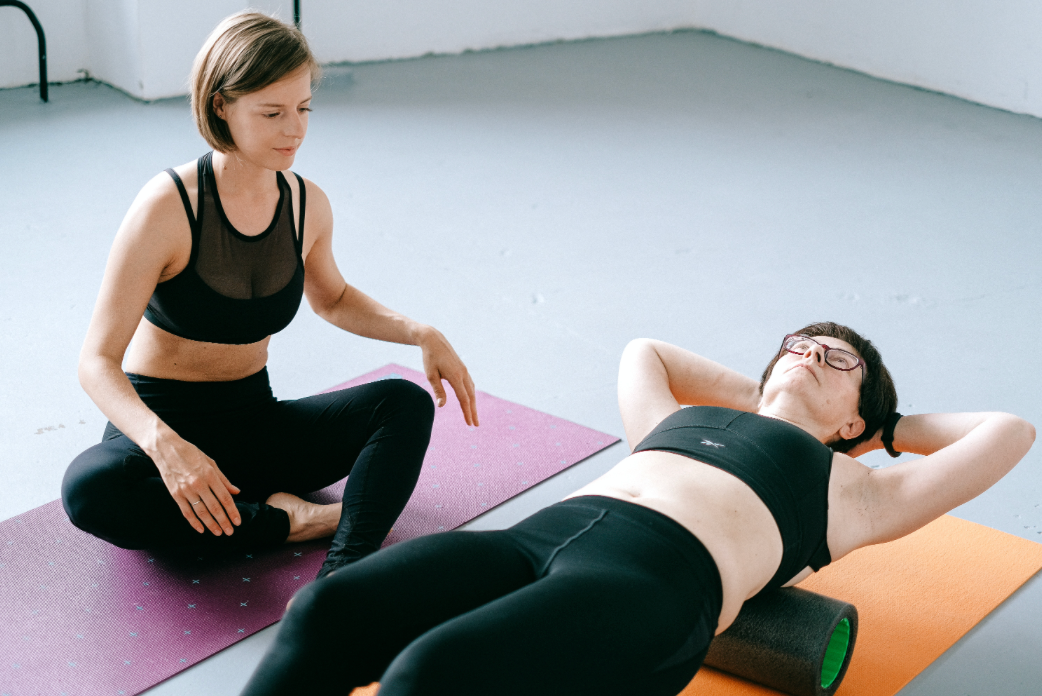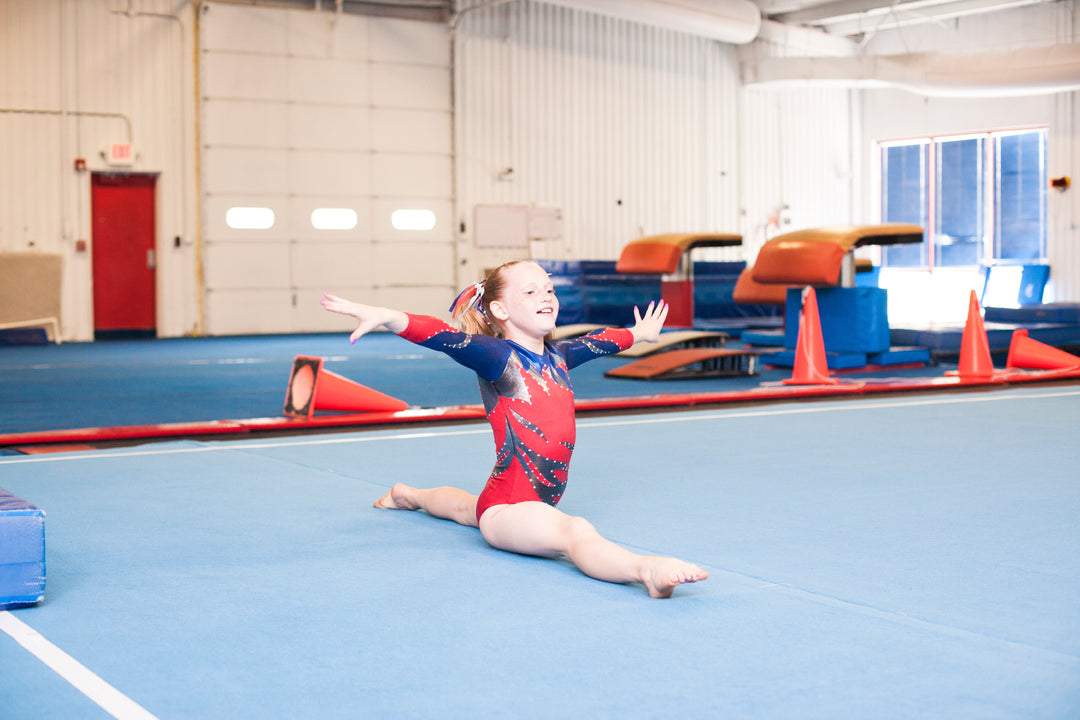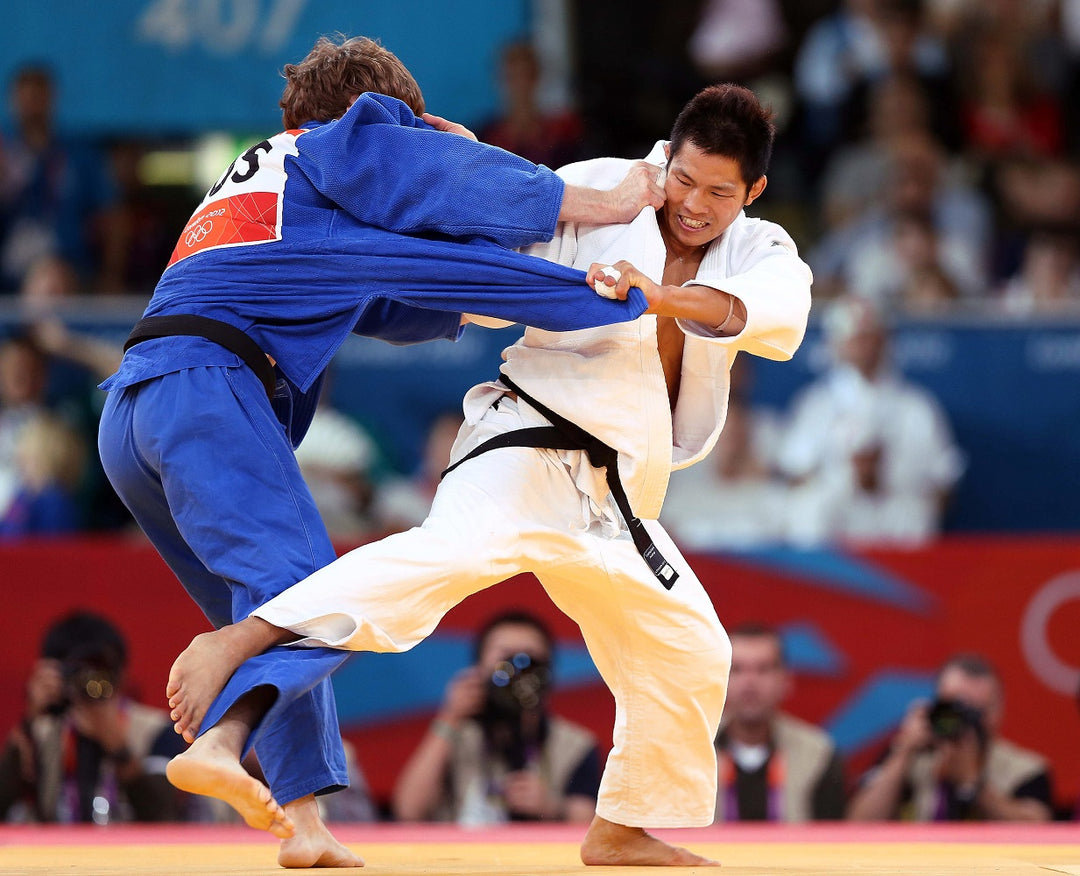Everything You Need For Bouldering | Crash Mats And More
Bouldering is a thrilling activity that involves climbing up and over large rocks or boulders. Often enjoyed as an outdoor sport, bouldering is gaining popularity among people of all ages and fitness levels. What sets bouldering apart from other climbing activities is that it doesn't require ropes or harnesses, making it more accessible and less intimidating for beginners. Outdoor bouldering in particular offers the added benefit of fresh air, beautiful scenery, and a natural environment to explore. Whether you're looking for an adrenaline rush or just a fun way to stay active, bouldering can provide a challenging yet rewarding experience for anyone willing to give it a try.
In this post, we will cover all the essential gear and tips that are necessary to embark on your bouldering journey with confidence.
Essential Gear for Bouldering
When it comes to bouldering, having the right gear can make all the difference. The most essential piece of equipment is a good pair of climbing shoes that offer grip and support. Along with shoes, climbers use chalk, which helps absorb sweat from the hands and keep them dry. A chalk bag is also necessary to hold the chalk and attach it to your waist for easy access. Bouldering also requires a brush to maintain the rock's surface and remove debris or excess chalk. Lastly, it's important to wear comfortable clothing that allows for freedom of movement and wicks away sweat. With these essential items in your kit, you'll be well on your way to conquering any boulder problem that comes your way.
Crash Mats
Another essential gear for bouldering is a crash mat. Landing safely is a top priority when it comes to bouldering. That's where crash mats come in - also known as crash pads, gymnastics crash mats, or safety mats, these dense foam pads are placed on the ground below a boulder problem to cushion any falls. They work by absorbing the impact of the landing and reducing the risk of injury. Crashpads vary in thickness, size, and shape, depending on the boulder's height and terrain. Some climbers use multiple pads to ensure maximum coverage and protection. Investing in good crash pads and positioning them correctly can significantly reduce the risks associated with bouldering, making it a safer and more enjoyable activity overall.
When it comes to choosing the right crash mat for bouldering, there are different types to consider. The most common type is the classic crashpad, which is a rectangular foam pad that can be folded in half or thirds for easy carrying. These pads vary in thickness and size to suit different boulder problems. Another type of crash mat is the landing mat, which is similar to a crashpad but wider to provide more coverage. It's an excellent choice for climbers who want maximum protection during falls. Additionally, some climbers use pads individually or combine them to create custom landing zones for specific boulder problems. Regardless of the type, it's important to choose a crash mat that offers enough cushioning to protect you from falls and reduces your risk of injury.
Positioning crash mats correctly is crucial for ensuring safety while bouldering. The first step is to choose the right type of landing mats or pads according to the boulder problem's height and terrain. Once you've selected the appropriate crash mat, place it directly under the boulder's highest point or crux move, where the fall is most likely to occur. Try to cover as much of the landing zone as possible with your pads, making sure there are no gaps between each pad. It's also essential to avoid placing any pads on uneven or unstable ground. Finally, if you're climbing with a partner, work together to position the pads correctly - with one person spotting the climber and another arranging the pads underneath. By positioning your crash mats safely, you'll be able to enjoy bouldering with greater peace of mind.
Tips for Beginners
Bouldering is a thrilling and fulfilling sport, but it's important to know the right techniques and safety measures before starting. For beginners, it's crucial to warm up your body before climbing to prevent injuries and improve performance. Start with cardio exercises like jogging or jumping jacks and dynamic stretches for your upper and lower body. As for practicing basic bouldering techniques, focus on foot placement, balance, and grip strength. Ensure that you avoid common mistakes such as over-gripping, overreaching, and ignoring footholds. Safety should always come first when bouldering, whether you're alone or with a partner. Always use crash pads, position them correctly, and climb within your limits. Lastly, communicate with your partner and establish clear safety protocols before climbing. With these tips in mind, you'll be well on your way to enjoying the sport of bouldering to its fullest potential!
Bouldering is an exciting and challenging sport that requires the right gear to ensure safety and success. To recap, essential gear for bouldering includes climbing shoes, chalk, a chalk bag, a brush, crash mats, and comfortable clothing. Safety should always come first when bouldering, and it's crucial to warm up, position your crash mats correctly, and avoid common mistakes. However, the most important thing is to have fun!
Bouldering is a great way to stay active, challenge yourself, and enjoy the outdoors. Whether you're a beginner or an experienced climber, there's always room to improve and explore new boulder problems. So why not give bouldering a try? With the right gear, safety measures, and the desire to have fun, you'll be able to experience the thrill of bouldering like never before.







